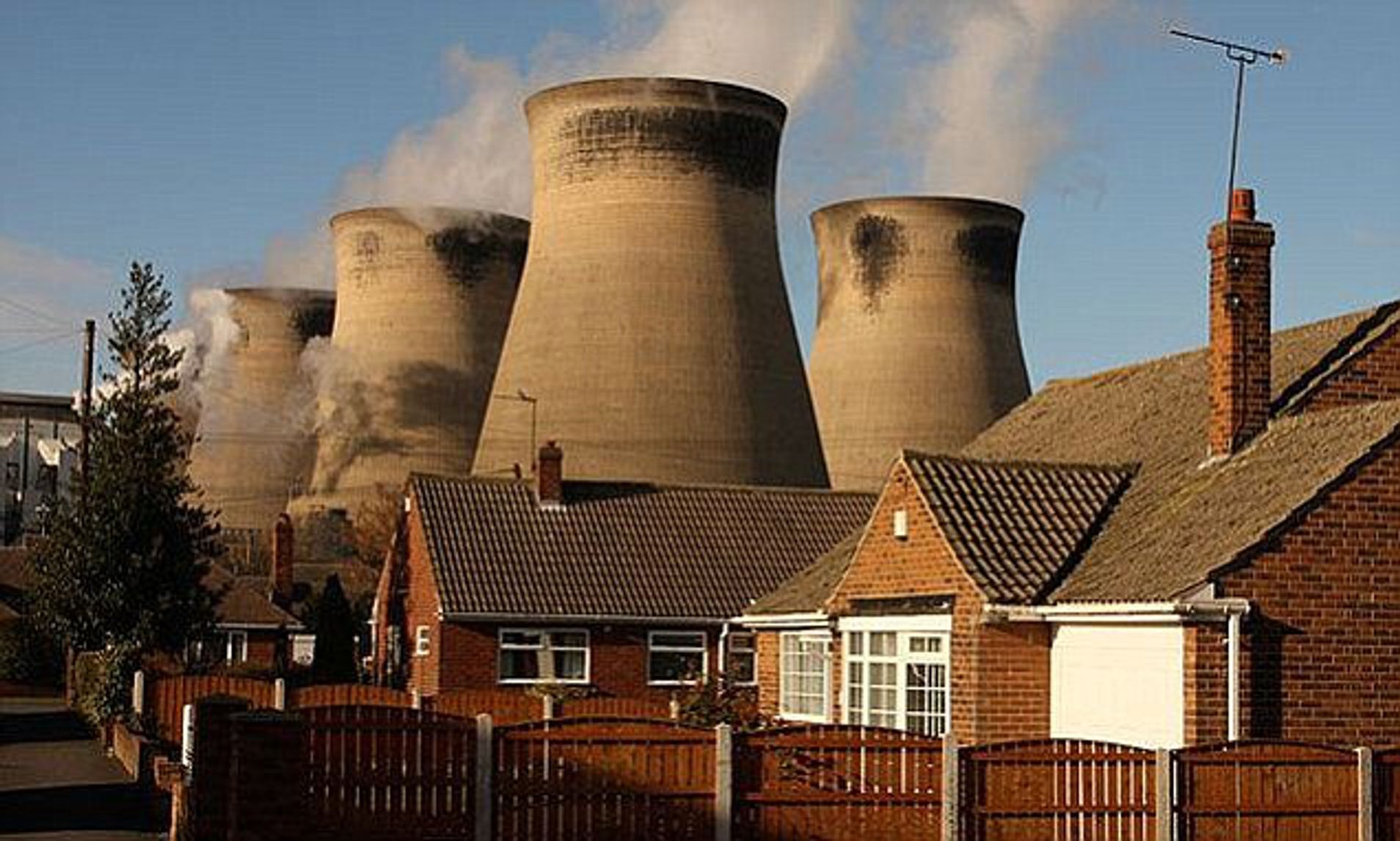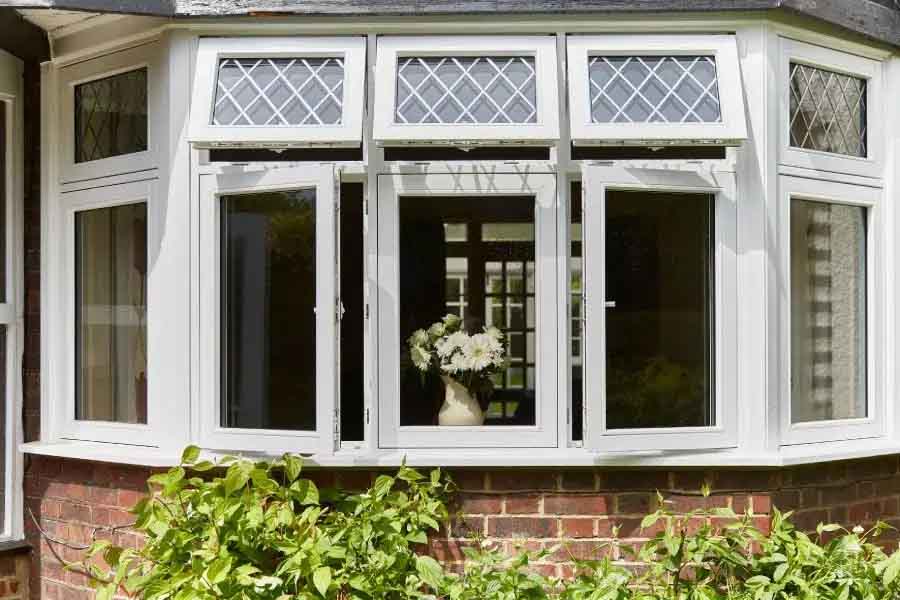WELL vs WEL: One Letter Difference, a Gulf in Health
They may differ by just one letter, but when it comes to indoor air quality, WEL and WELL are worlds apart – one keeps you legally safe, the other is a voluntary health certification, and both of them have very different requirements.
WEL is a government-designed legal requirement for ‘Workplace Exposure Limits’ in the UK to prevent immediate harm.
WELL, which is not actually an acronym, is a healthy building certification granted by the International WELL Building Institute (IWBI). In particular, we’ll be referring to 2018’s WELL v2 guidelines.
This article unpacks how these standards function, why they’re often confused, and why understanding the gap between them is vital – especially when that gap often reflects a much deeper health disparity between white-collar and blue-collar workplaces.
The differences between WELL and WEL
As the UK’s ‘Work Exposure Limit’, WEL is the legally-enforceable absolute minimum conditions for workplace safety – this is not expected to be the day-to-day exposure level for workers. A component of COSHH (2002) and found in EH40/2005, WEL is a rulebook that every UK company must abide by to guarantee the safety of their workforce.
Through WEL, the Health and Safety Executive (HSE) sets out the acceptable levels of air quality and exposure limits. Breaches of WEL limits can result in criminal prosecution by the HSE or local authorities, potentially resulting in uncapped fines or imprisonment for offenders, and opening the door to personal injury and compensation claims. For WEL violations, HSE have the right to issue improvement notices or prohibition notices, and non-compliance with these notices is a criminal offence in itself.
WELL, on a much more cheerful note, is not mandated by law, and is instead a voluntary certificate that proves that a company cares about health and wellbeing. WELL goes way above the minimums set by WEL by significantly reducing the acceptable levels of pollutants (e.g., Particulate matter PM2.5 and PM10, Volatile Organic Compounds) and harmful gases (Carbon Monoxide, Formaldehyde, Ozone) allowed in a test to pass certification.
An environment that passes WEL might not necessarily pass WELL. WELL v.2 certification doesn’t just show that the environment is safe, it shows health is at the forefront of the company’s mind, and they’re making an effort to improve the wellbeing of their workers by fostering a healthy, sustainable space.
If WELL isn’t a legal requirement, why should I bother?
WEL exists to keep workers safe, and WELL exists to prove investment and devotion to enhancing human health. Investing in WELL proves that a business values sustainability and wellbeing. This health and wellbeing-focused approach can be elevated further by other related certifications, like BREEAM or Fitwel certifications. Any one of these certifications can significantly improve the value of the building, as sustainability and ESG is becoming an increasingly popular topic in modern discourse.
With the Gen-Z wellbeing revolution in full swing, new talent entering the workforce are fuelling a movement to see cleaner air and healthier, more comfortable conditions in their workplace. With work-from-home opportunities on the rise, workers have even less incentive today to work in a stuffy, poorly-ventilated office. Furthermore, research has shown that productivity can be directly correlated to air quality – the worse the air quality, the worse the performance.
WELL is a certificate that proves to workers that “this is a company that cares”. By following WELL guidelines, a workplace becomes much more than just a workplace that must be endured; it becomes a place that people want to be in: a healthy environment for collaboration, productivity, creativity, and wellbeing. So, if you’re still deciding between whether to follow WELL or just WEL, be aware of how your company’s image changes depending on whether you follow the legal minimum requirements, or go above and beyond to ensure your workplace is healthy and sustainable.
WEL vs WELL – Why is it important to understand the difference?
Understanding both WEL exposure limits and WELL guidelines ensures that a company knows the difference between the minimum air quality and the recommended air quality. It means that property owners understand that WEL is the maximum level of exposure before they might find themselves in legal trouble due to non-compliance, whereas a WELL certification shows that the building goes above and beyond to be very healthy.
As a property manager, you should understand that even if you aren’t reaching for a certificate like WELL, you should still aim for air quality standards far above what WEL describes.
Misconceptions & limitations
HSE’s WEL should always be taken as a minimum, not a recommended standard for air quality. Property managers lacking the adequate due diligence may misinterpret WEL or mistake it for WELL and incorrectly assume that their building is healthy when it isn’t. It needs to also be stated that no two workplaces are the same, and so setting a minimum air quality level for every building can lead to some issues. For example, PPE may be stringently worn by workers in one factory, whereas in another factory PPE may be less enforced, leading to different exposure levels despite both factories meeting the same WEL standards. Lengths of exposure and individual factors like health conditions, age, and job role can also affect the degrees of exposure.
WEL should never be taken as a recommendation; a company should always try to aim well above the minimum levels provided in the EH40/2005 document, as falling below these thresholds can lead to serious health effects and legal action. Even workers who have experienced better than WEL conditions can develop health problems like cancer and respiratory illnesses. Unfortunately, WEL doesn’t account for individual differences which might make someone more susceptible to a poor workplace environment, like asthma, the level of exercise throughout the day, or longer shift patterns.
WELL is not without its drawbacks, either. It can be, and has been, criticised for becoming a bit of a flashy status symbol. The relatively high costs associated with implementation and periodic updates and maintenance mean that the certification is typically inaccessible for smaller businesses, therefore making ‘healthy buildings’ a bit of a vanity competition amongst big businesses. There is also a risk of WELL being used as a marketing greenwashing tool, should a company decide to sweep any of its mishaps or unpopular actions under the rug – the rug, in this example, being the WELL certification.
WELL is predominantly designed for office and white-collar environments. This makes it incredibly difficult, if not impossible, for small businesses and industrial businesses to achieve a full WELL certification. Disappointingly, due to the inherent air quality risks, it can be argued that industrial workplaces are where we should be placing most of our attention, not clean, modern office spaces.
Acknowledging the health disparity
Despite the rates of workplace injury and health complications like cancer being much higher in physical labour and industrial jobs, a flashy WELL certificate just doesn’t seem to be on the minds of top company executives. Why? It’s largely because there isn’t the money or social advocacy to justify such an award. Blue-collar workers, like painters, construction workers, welders, and factory operatives experience prolonged exposure to pollutants and harmful gases like dust, solvent vapours, and ozone. Factory owners don’t have much to gain by using sustainable building materials if they will be burning fossil fuels 24/7.
Contrastingly, we then look towards office workers, who face a much lower risk of health effects from their environment, enjoying special privileges like WELL-certified buildings. This has created a massive attention gap in health between blue-collar workers, who work within WEL’s “just safe enough” standards, and white-collar workers, who are treated to WELL’s exceptionally better “healthy building” standards. Yes, WELL is a coveted and trustworthy certification which proves that a company has produced an exceptionally healthy workplace, but if it’s inaccessible to the people who need it the most, is it achieving its purpose?
Through WELL, the IWBI have provided a high-standard wellbeing achievement for comfortable office spaces, however blue-collar workers see this as totally unattainable. The health and safety protections of these two groups of people are treated like two entirely different subjects, and unless HSE updates WEL to a higher standard, or certificates like WELL become more accessible, this health gap will continue to exist.
At ARM Environments, we offer both WELs Testing and WELL Testing services, depending on which route you go down.






